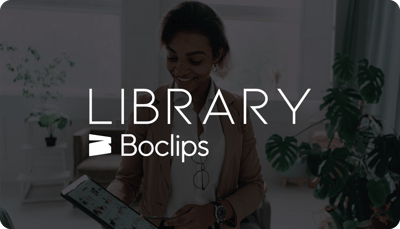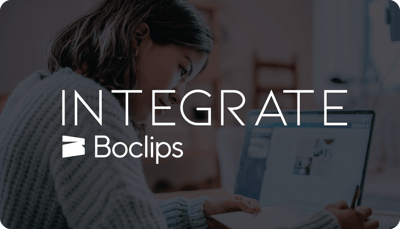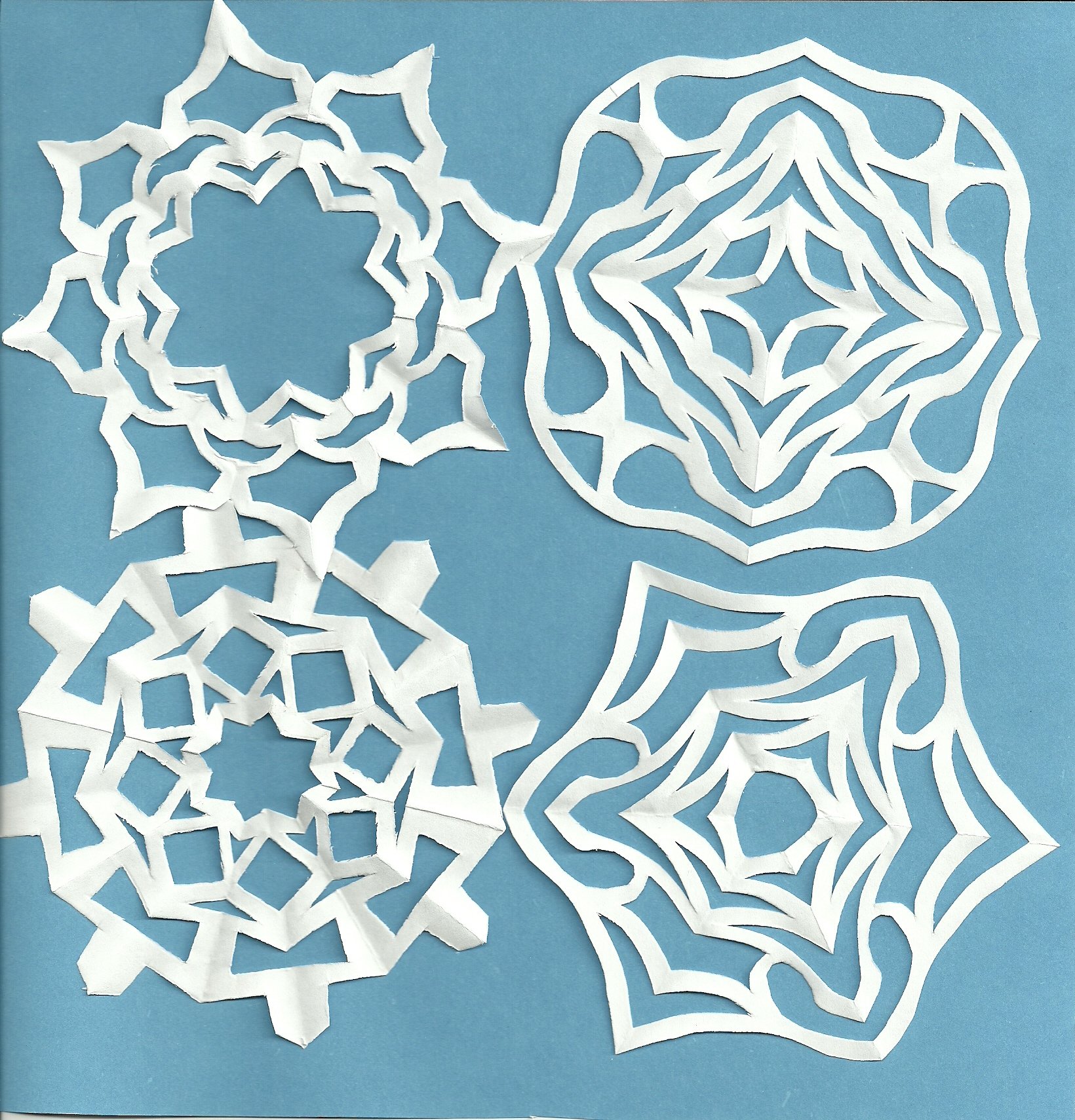Educational videos can come in many forms. It all comes down to what the educator needs a classroom video to be. There are so many different kinds of instructional videos that it can be challenging to know how to use them effectively. Let’s look at some different types of classroom videos and some best practices for their use.
Access Boclips Classroom for free to search and share more than 2.2M educational videos with students.
1. Recordings of lessons and lectures have some great uses both inside and outside the classroom. These can be used by online and hybrid educators to give online learners a classroom experience. Here are some ways this kind of educational video can be utilized:
(a) The educator records a how-to video demonstrating the steps of a new skill or process. They upload this to a video platform where students can access them outside of school for practice and review.
(b) The educator records a lesson as it’s taught in the classroom and uploads it to a video platform for absent students to access so that they can catch up if/when they miss a day of school.
(c) Talking-head style lectures in which the educator presents a lecture directly to the camera, potentially utilizing screen share to add visual aids. This is great for online or hybrid learners.
(d) The educator records presentations, Socratic seminars, speeches, or other performance-based tasks so that they can review them later to properly grade the assignment.
2. Animated videos are an excellent way to unpack and explain complex concepts in the classroom. Animated videos use colour, movement, sound, music, and narration to make information more impactful and engaging. These videos can be effective introductions and explanations of topics and are great vehicles for summary. Additionally, animated videos can be very entertaining, so they’re also ideal as rewards for academic performance.
3. News pieces and documentaries are smart choices for using video to support classroom learning. Learning about a moment in history like the moon landing or World War II becomes more impactful when students see the newsreels of the time covering the event. Understanding the effects of pollution in the ocean or the legacy of the American Civil War is more engaging when students see well-researched documentaries. At the start of a unit about South American literature, informational videos about the various cultures present there can give valuable context to students. For the best effect, use short clips of longer videos; when video content runs too long, students can lose focus. Video clips around 3 minutes in length tend to yield the highest impact and can be sprinkled throughout a lesson to support instruction.
5. Recordings of experiments, demonstrations, and tours are all effective solutions to the logistical limits of classroom education. Educators everywhere are challenged to find the resources, time, and energy to organise and execute effective educational methods like experiments or field trips. When a laboratory demonstration requires tools the school doesn’t have or a field trip to a museum isn’t feasible, video recordings of these experiences can bridge the gap.
4. Student-made videos are a great alternative to more traditional modes of assessment like exams. Students will process and express knowledge differently, and providing other avenues of assessment, like a video, can make assessments more accessible. Students could record and edit a video that meets all sorts of assessment types including:
(a) A recording of a slide deck with student narration.
Tablet capture and lightboard videos that add live annotations to a presentation.
(b) A talking-head style video where the student delivers a presentation to the camera and may utilize visual aids.
(c) A recording of a student performance of a poem, play, speech, dance, etc.
(d) A researched video essay that properly cites sources.
(e) A TikTok or Instagram-style video that effectively summarises a story, argument, historical moment, or any other educational content.
6. Screen-casts are screen recordings that include vocal narration. This could take the form of a slide-deck presentation the educator records, in which case online learners or absent students can access the content. Another way this can be used is a recording of a reading in which the text is visible and the educator reads aloud. Many learners process better auditorily than they do visually. With a recording of a reading that shows the text and provides narration, a text can become more accessible to all learners.
- #Classroom
- #Video in Digital Learning
- #Educational Videos
- #Tips for Using Video
- #Video Content Partners
- #Boclips for Publishers
- #Issues in Education
- #Educational Videos by Subject Area
- #News and Announcements
- #Events & Holidays
- #Video and Teaching Tools
- #Teaching Methodologies
- #Education Videos
- #Video and Digital Literacy
- #Short Educational Videos
- #Instructional Design
- #Multimodal Learning
- #Video and Student Safety
- #Accessibility in Education
-3.png?width=390&height=223&name=Untitled%20design%20(2)-3.png)


.png?width=1152&height=660&name=Copy%20of%20Untitled%20Design%20(1).png)



